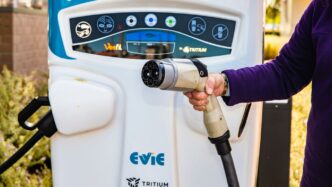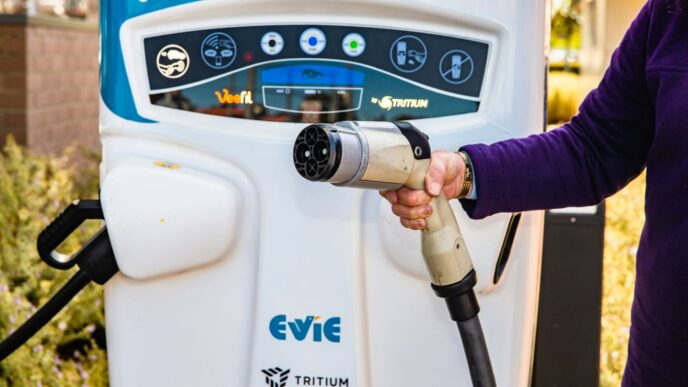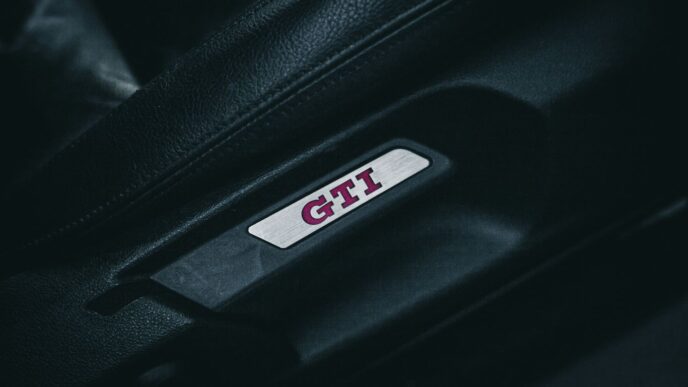The Biden administration has officially enacted a ban on connected car technology originating from China and Russia, set to take effect in 2027. This decision aims to safeguard national security by preventing potential cyber threats associated with vehicles equipped with advanced connectivity features.
Key Takeaways
- The ban prohibits connected passenger vehicles made or owned by Chinese or Russian entities from operating in the U.S.
- The rule will affect vehicles with Wi-Fi, Bluetooth, and satellite systems, including autonomous driving technologies.
- U.S. car manufacturers will be restricted from purchasing or importing connected vehicle software starting in 2027, with hardware restrictions following in 2030.
Background of the Ban
The ban was first proposed in the fall of 2024 after a thorough investigation by the Commerce Department into the national security risks posed by connected vehicles from these countries. The administration expressed concerns that these technologies could be exploited for surveillance and sabotage, undermining U.S. national security.
Details of the Ban
- Effective Date: The ban will be implemented in stages, with software restrictions starting in 2027 and hardware restrictions for the 2030 model year.
- Scope: The rule specifically targets passenger vehicles but may extend to larger vehicles in the future.
- Data Concerns: Connected vehicles are known to collect sensitive data on drivers and U.S. infrastructure, raising alarms about potential misuse by foreign entities.
Implications for the Automotive Industry
The ban poses significant challenges for Chinese electric vehicle manufacturers, such as BYD, which had aspirations to enter the U.S. market. The restrictions will hinder their ability to compete, especially as the U.S. government aims to bolster domestic automotive production and innovation.
National Security Considerations
The Biden administration has cited numerous instances of cyber espionage linked to Chinese state-sponsored hacking. The decision to ban connected car technologies is part of a broader strategy to protect critical infrastructure and public safety from foreign threats.
Future Outlook
While the current ban focuses on passenger vehicles, the administration is exploring similar regulations for larger vehicles over 10,000 pounds. This could further limit the presence of foreign technologies in the U.S. automotive sector.
Conclusion
The U.S. government’s ban on connected car technology from China and Russia marks a significant step in addressing national security concerns. As the automotive landscape evolves, this decision will likely reshape the competitive dynamics within the industry, emphasizing the need for domestic innovation and security in vehicle technology.












